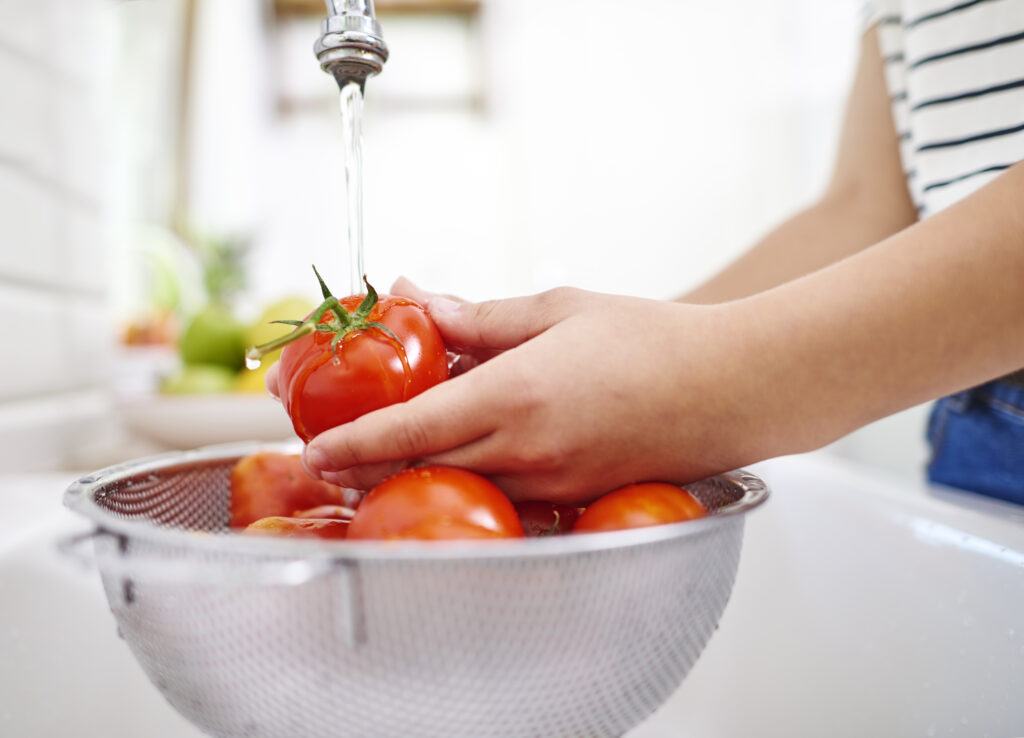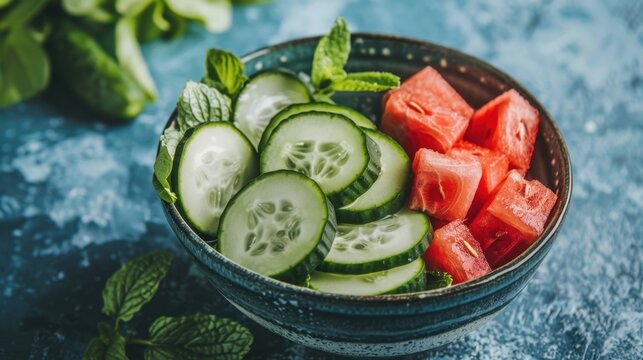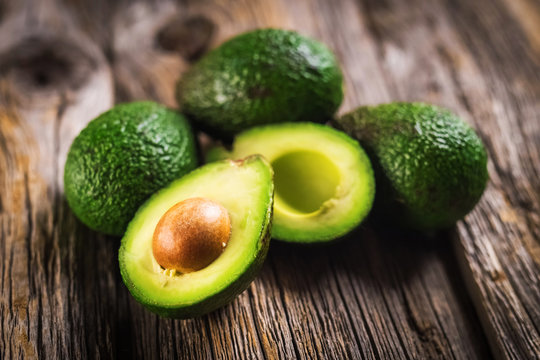Among the most important safety practices for you and your family is proper food hygiene. While you cook a simple meal in your home or prepare an elaborate feast, food safety and hygiene should always be at play. Good food hygiene practices ensure that you avoid many foodborne diseases and let your kitchen stay safe for everyone in the family.
In this blog, we will delve very deeply into the practice of food its importance, and how you can implement these practices into your daily routine. Using detailed tips and best practices, you’ll have everything you need to keep your kitchen cleaner and safer.

What is Food Hygiene?
Food hygiene refers to the environment and practices used to prevent foodborne illnesses and contamination. This includes proper handwashing cleanliness on cooking surfaces, storage, and safe preparation to avoid contamination by foodborne pathogens.
Hygiene, in a nutshell, is not just the cleanliness of the kitchen but rather the safe handling, proper cooking, and food storage practice aimed at creating an environment that continually stresses health and safety on its premises.
Why Food Hygiene Matter
safety and hygiene an important issues. Foodborne illnesses can be mild to seriously debilitating and even put a patient in the hospital. According to the Centers for Disease Control and Prevention, nearly 48 million Americans contract foodborne illnesses each year.
It’s more about safety and hygiene and safety that minimize exposure to dangerous bacteria, viruses, and parasites causing serious health issues. When such food is prepared for children, old persons, or patients with low immune levels, it will be particularly useful.
Key Principles of Food Hygiene
First of all, knowing the basics about the principles of safety and hygiene means that you can ensure that your kitchen is a safe place to prepare food. The essentials of creating good hygiene in the kitchen are divided into the following sections.
The most basic act of safety and hygiene is maintaining a clean kitchen. This includes washing hands before and after handling food, cleaning cooking surfaces, and sanitation of kitchen utensils regularly. Bacteria breed in dirty settings; hence, the importance lies in maintaining your cleanliness.
1. Cleanliness is Key
Hand Washing: Always wash your hands using soap and water before and after touching new ingredients such as meat, poultry, or fish. Thorough hand washing will reduce the spread of bacteria and viruses.
Surface Cleaning: All countertops, cutting boards, and kitchen appliances should always be cleaned in hot, soapy water immediately after use. This gets rid of all the remaining bacteria that cause contamination.
2. Separate Raw and Cooked Foods
Cross-contamination is one of the major aspects of food safety and hygiene. At all times, raw and cooked foods must be separated. Raw meat, poultry, seafood, and eggs should not be permitted to come into contact with any cooked or ready-to-eat foods, as they can harbor dangerous bacteria.
- Use Separate Cutting Boards: You should use one cutting board strictly for raw foods, and another for fruits, vegetables, and cooked items. That is a pretty simple step that can significantly minimize the risk of contamination.
- Store Foods Separately: Store raw foods in sealed containers and keep them on lower shelves to prevent drips and other liquids from leaking into your other food products.
3. Cook Food Thoroughly
The right temperature of cooked internal food kills the destructive bacteria causing foodborne diseases. Among the foods, it is key to note that foods require different temperatures in cooking; hence, using a food thermometer helps one check meals for proper cooking.
- Temperature Safety: Poultry needs to reach a minimum internal temperature of 165°F. Ground meats like beef and pork need 160°F. Seafood and other cuts need to reach 145°F to ensure the food is safe.
4. Proper Food Storage
Proper storage is another very important aspect of food. Bacteria multiply, contamination occurs, spoilage, and eventually, foodborne illness results if not stored properly. Make sure perishable foods are refrigerated or frozen as soon as possible after shopping for them or preparing them. This would prevent the multiplication of harmful bacteria.
- Refrigeration: Use a refrigerator that is at or below 40°F to reduce bacterial growth. Place perishable items in the fridge, such as dairy and eggs, soon after purchase or preparation.
- Freezing: Freeze, for example, meat and seafood, at 0°F or lower for long-term storage. When thawing, thaw in the refrigerator or microwave but never on the counter. This must prevent bacterial growth.
Tips on Food Safety and Hygiene for Meal Preparation
Begin with the hygiene practices even before you start cooking. Some points where you can take priority in ensuring food safety and hygiene when grocery shopping, cooking, and serving a meal.
1. Select Fresh Ingredients
Grocery shopping is best done when you inspect fresh fruits and vegetables, dairy, and meat products and ensure they are within their dates of expiration. Avoid any item that has damaged packaging, has gone bad, or is stored so poorly.
- Meat and Poultry: Choose fresh meat that is cold to the touch and avoid packages with torn wrapping or leaks.
- Produce: Choose fruits and vegetables that are bruise- and cut-free, which will introduce bacteria into the food.
2. Wash Fruits and Vegetables
You may plan on peeling fruits and vegetables, but it is essential to wash them thoroughly under running water. This removes dirt, bacteria, and possible pesticide residue.
- Leafy Greens: Focus on your leafy greens, especially the lettuce and spinach. Any bacteria might be lurking between its folds. So, clean it properly and dry using a clean towel before consumption or cooking.
3. Cold Foods Stay Cold
Refrigeration of food preparation, particularly of multicourse meals, should keep foods cold. No perishable food should be left out for two hours at ambient because that doubles the chances of encouraging the microorganisms to multiply.
- Coolers: To maintain cooling, especially for the preparation of cold foods before being brought outside to a picnic or barbecue, coolers with ice packs help in maintaining the right temperature.
Role of Food Hygiene in Waste Reduction
Another benefit of good hygiene is the saving of many groceries because their lifespan increases if you store them properly, cook food correctly, and keep your kitchen clean. Proper leftover handling and safe reheating ensure that you can enjoy leftovers several days in a row without fear of food poisoning. Always label all leftovers with dates to ensure they are used before they become unsafe.
Food Hygiene Myths
There are so many myths about hygiene and these sometimes lead people into risky behaviors in the kitchen. Some of these myths need to be clarified.
“If it smells fine, it is good to eat”: The simple fact that the food looks and smells fine does not mean that it should be taken to the stomach. There are bacteria present without any indication that would make us feel they have been noticed. So, it’s always a good practice to adopt proper storage and cooking habits so that the food can be determined to be either safe or not.
“There is no need to rinse raw chicken because it removes bacteria”: Actually, washing raw chicken spreads all the bacteria around your kitchen. Only through cooking can bacteria like salmonella be killed.
Conclusion
The right hygiene is a process that cannot be ended. It’s a culture that requires attention to detail and is known for consistency. Keeping your kitchen safe and healthy at all times is always possible with the set principles of cleanliness, prevention of cross-contamination, proper cooking, and proper storage.
Food hygiene and safety are essential ways of guarding your health and keeping you free from foodborne illness. Add these tips to your routine and make them a habit so that you enjoy your meals and ensure that your food is safe and hygienic.
Hygiene all the way and always remind yourself that small changes can make a big difference in keeping you and your loved ones healthy.











